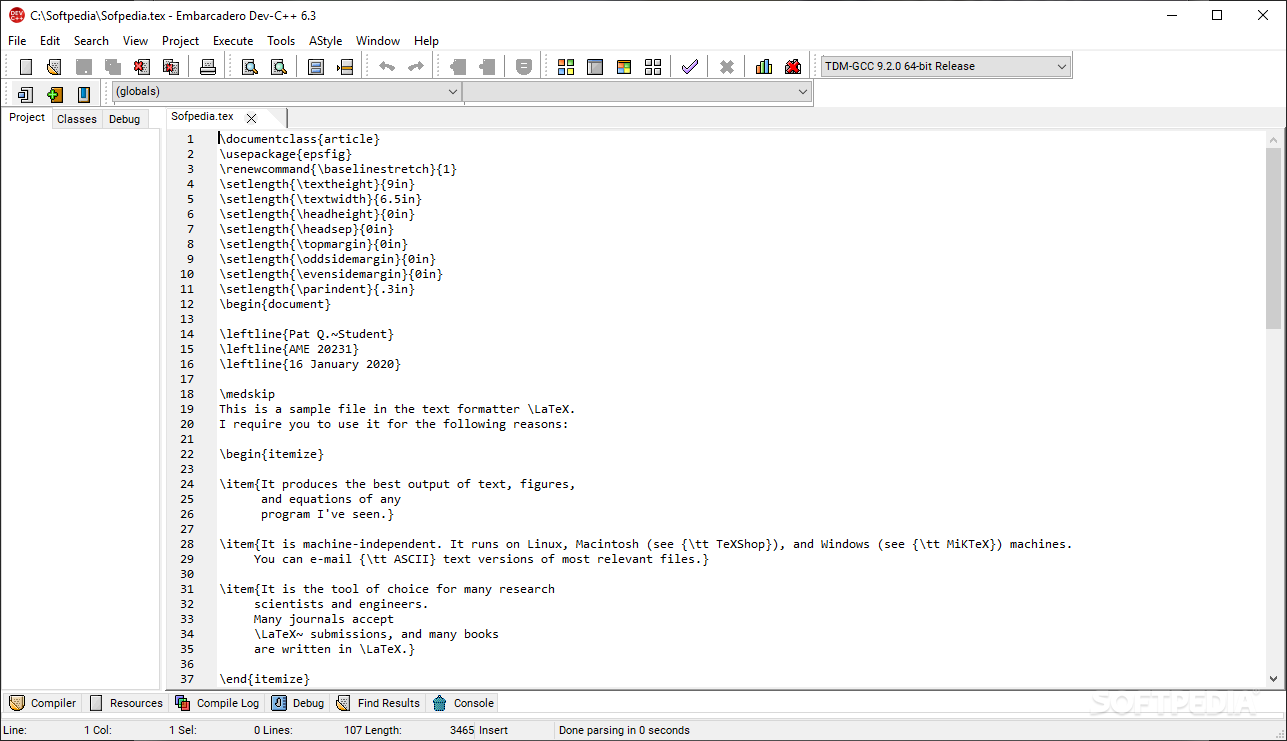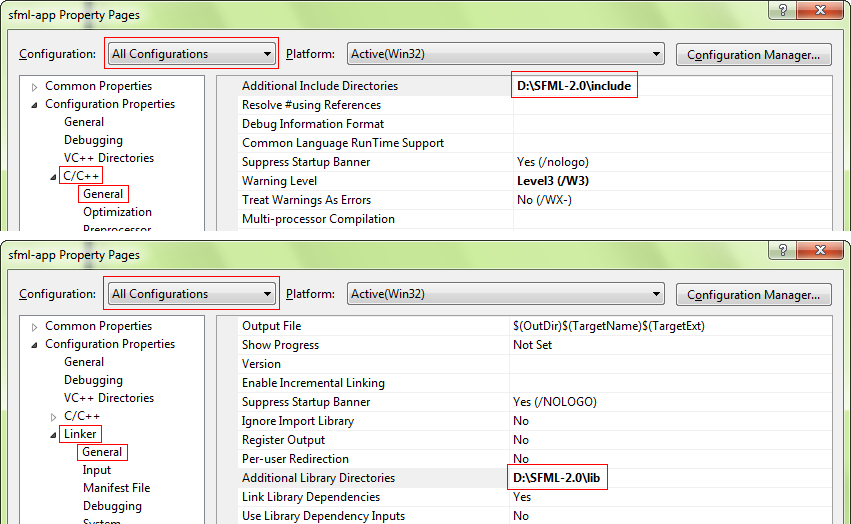고정 헤더 영역
상세 컨텐츠
본문

SFML assumes you're building a.app bundle. Notice it's complaining about not finding FreeType, which is a dependency of SFML (it's not complaining about finding SFML). And notice where it's looking for FreeType: @executablepath/./Frameworks/freetype.framework/Versions/A/freetype. If your program ( keeper) is in., then OS X is looking for FreeType in././Frameworks/freetype.framework/Versions/A/freetype, and it's complaining that it can't find it. That because those SFML libraries think you've created a.app bundle, which would then have the necessary/assumed folder structure.
Sfml 2 0 Dev C For Mac Pro
- May 15, 2011 I see what you mean. True, it's not complicated. I guess it just means that the user of SFML would need to be conscious of which platform they are using.
- For SFML 2.5.0 and later, they will be installed in SFML/build/ios/lib/ instead. Fill in the required options, select C++11 if you wish to use it, and create your project. We will start from this template and modify it heavily so that it works with. The 'Tutorial' target will compile for Mac, and the 'iOS' target for iOS.
Feb 14, 2013 - C++11 and SFML 2.0. SFML / OS X developer. Mac OSX: 10.7.5.
Your options are:. Build a.app bundle that includes everything. Put the dependencies (FreeType and sndfile) in the right spot manually (i.e. @executablepath/./Frameworks/freetype.framework/Versions/A/freetype). Build SFML yourself and change where/how it looks for its dependencies.
. A Closer Look at SFML. No idea what SFML is or what it can do for you? Start here, this is a combination of review and getting started guide to using SFML. If you are going to follow this tutorial however, you can probably skip this as we will eventually cover all of this material anyways.
If you are undecided, this should help you decide. Part One - Configuring Visual Studio. This tutorial covers the process of setting up an SFML project using Visual C 2013. The process will be very similar for all versions of Visual Studio. Part Two - Windows, Game Loop and Timers. This tutorial explores the beating heart of an SFML application. It covers how to create a window and process events.
Also some bonus coverage on using a timer. Part Three - Handling Keyboard Input and Random Numbers. This tutorial shows how to respond to keyboard input, both event driven and polled. It also covers random number generation. Part Four - Basic Graphics. This tutorial illustrates how to draw graphics, in this case procedurally generated, on a frame by frame basis.


Part Five - Sprites and Textures. Building on the previous tutorial, we now show how to load a texture from file and display it on screen as a sprite. Part Six - Spritesheets and Animation. This tutorial looks at using a spritesheet to store multiple frames on animation in a single image. We then create a simple animation.
Part Seven - Music and Time. This tutorial shows how to play music in your game. We also explore the use of the Time class, specifically to fast forward and rewind our song during playback.




